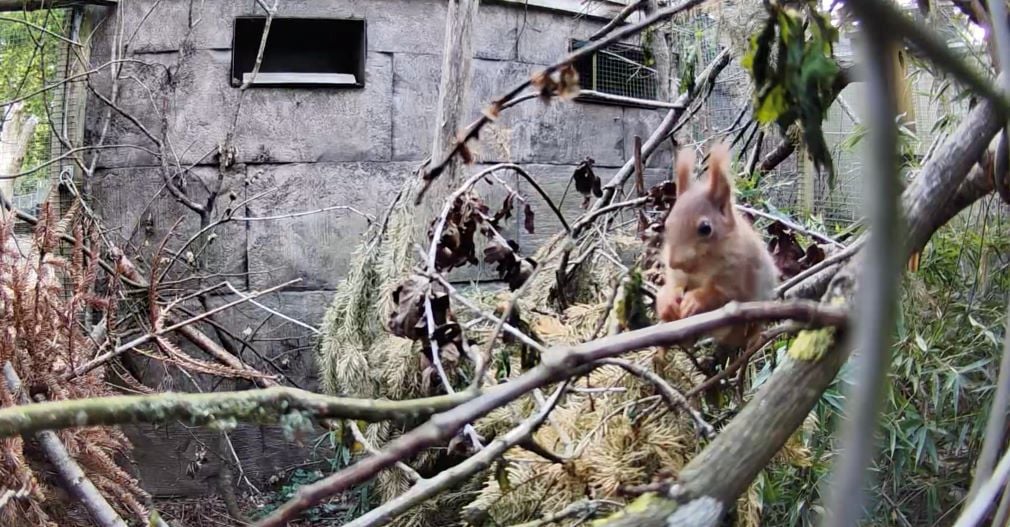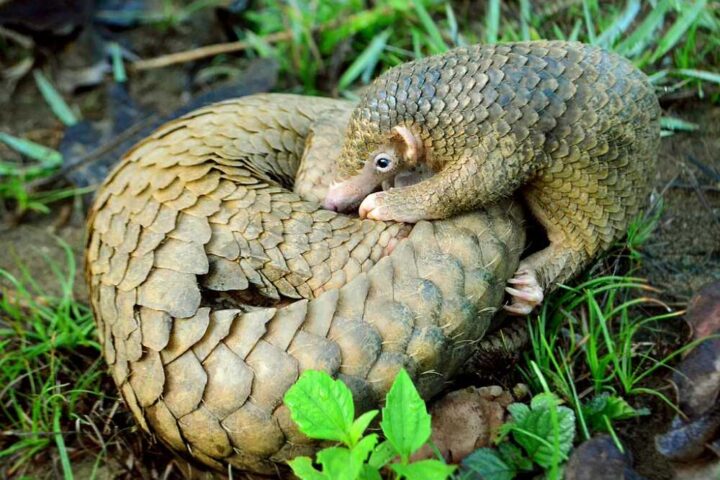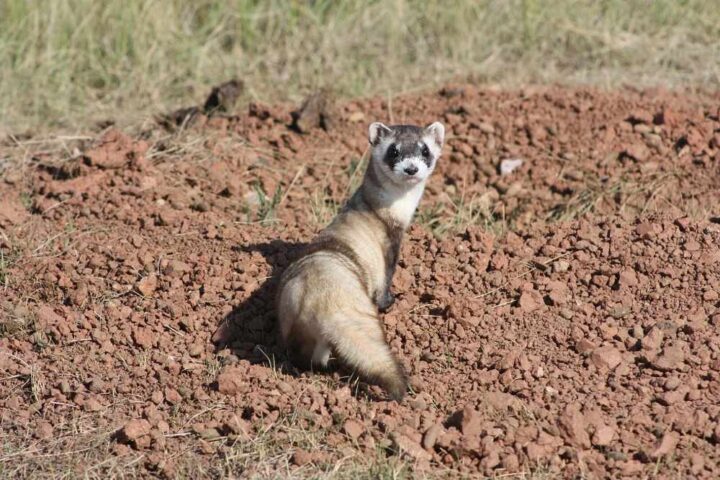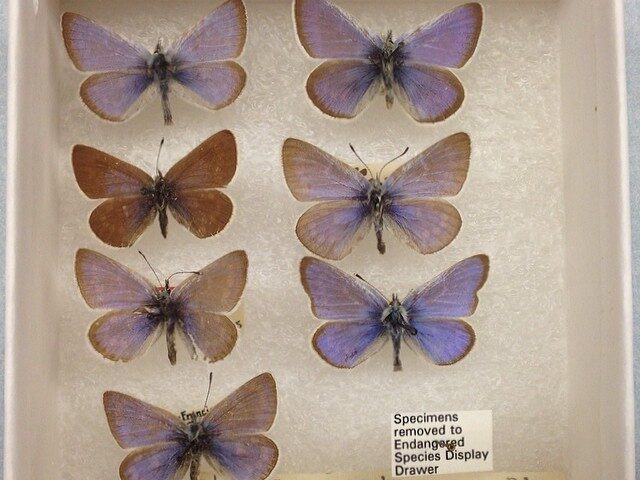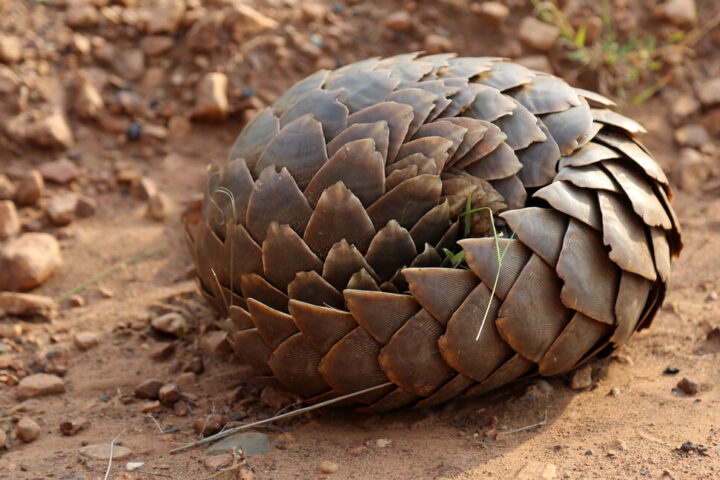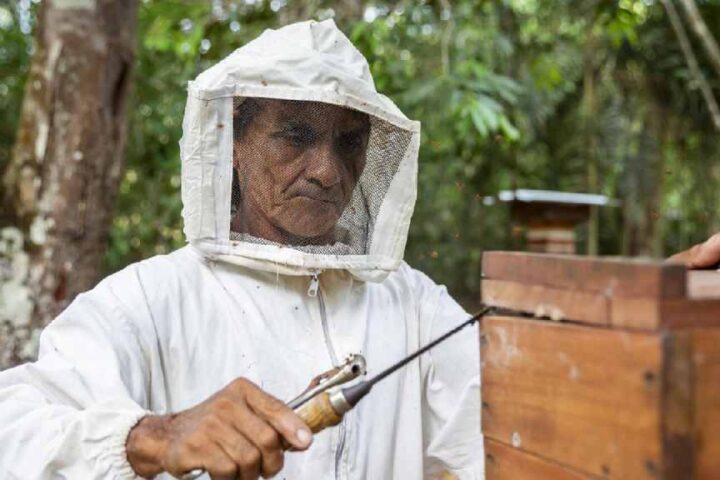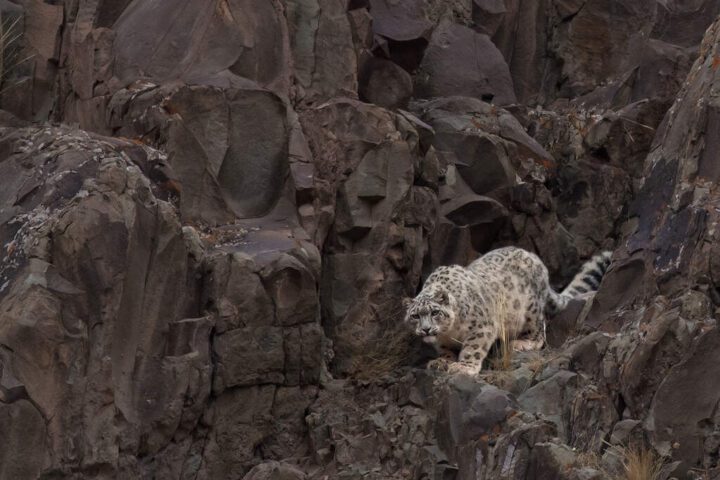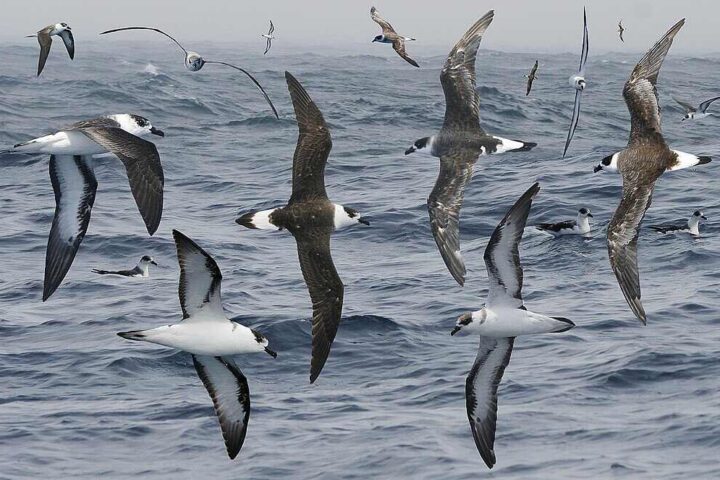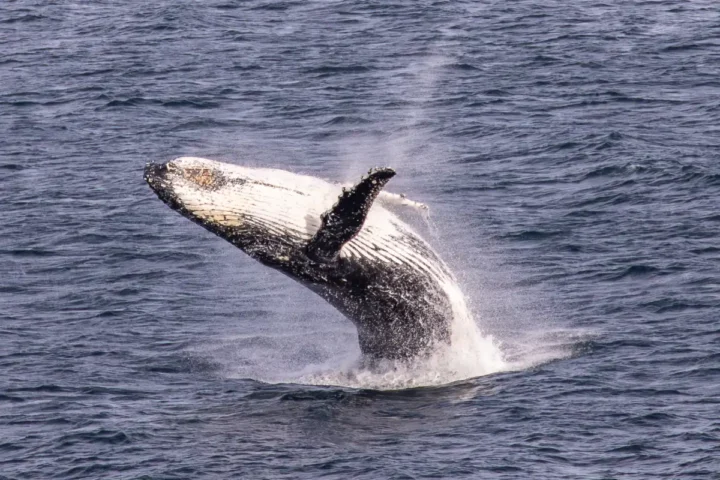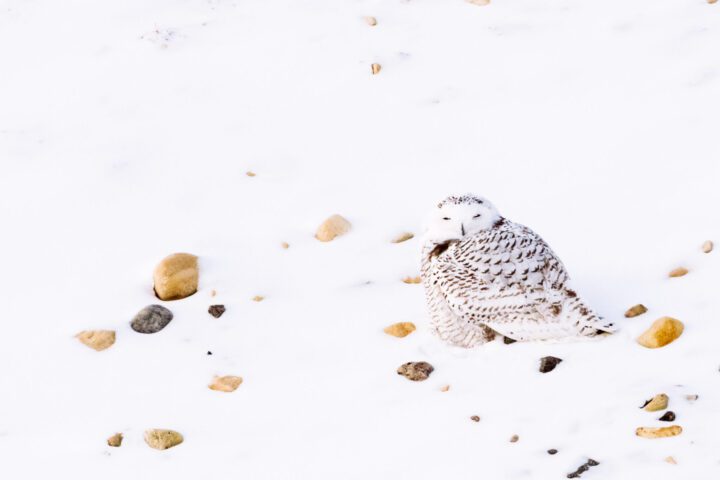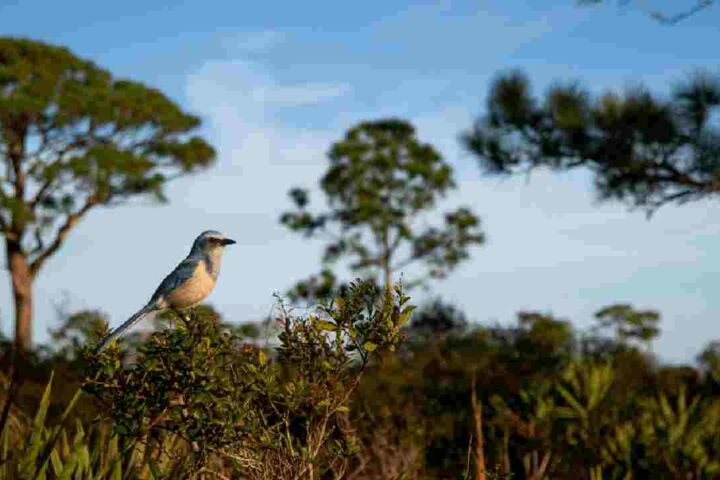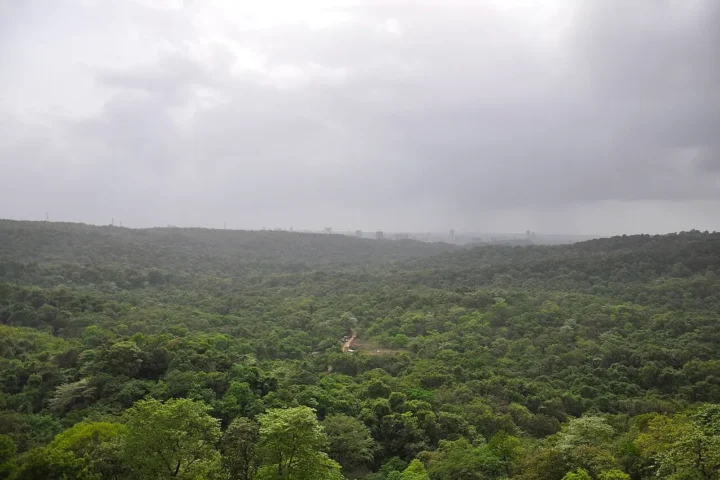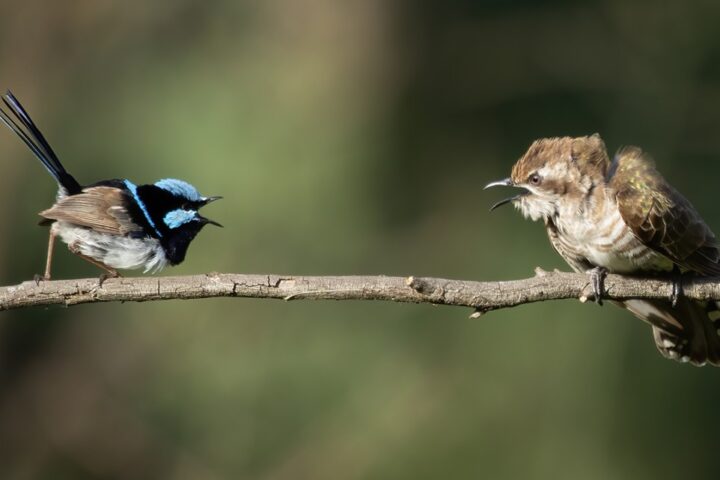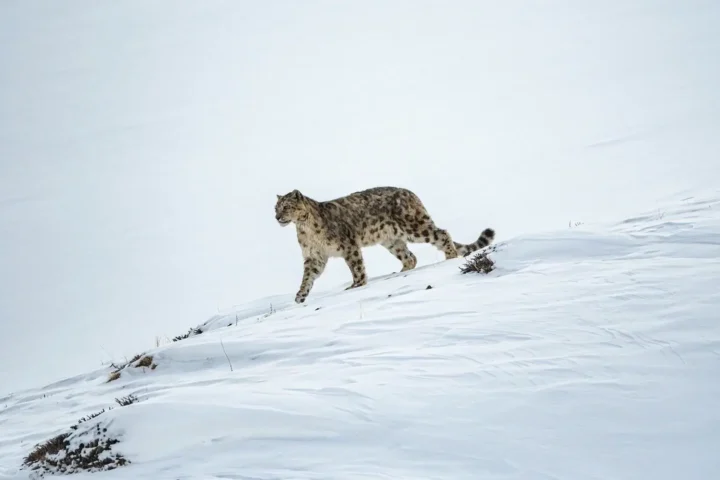Two red squirrel kits have been born at Longleat Safari Park in Wiltshire, the first such births at the park in over three years. Born just after Easter to first-time parents Pinecone and Rory, the month-old pair weighed just 10 grams each when they arrived.
“The first Red Squirrel kits to be born at Longleat for over three years have been captured on camera playing among the trees in their habitat,” a Longleat spokesperson said in their recent announcement.
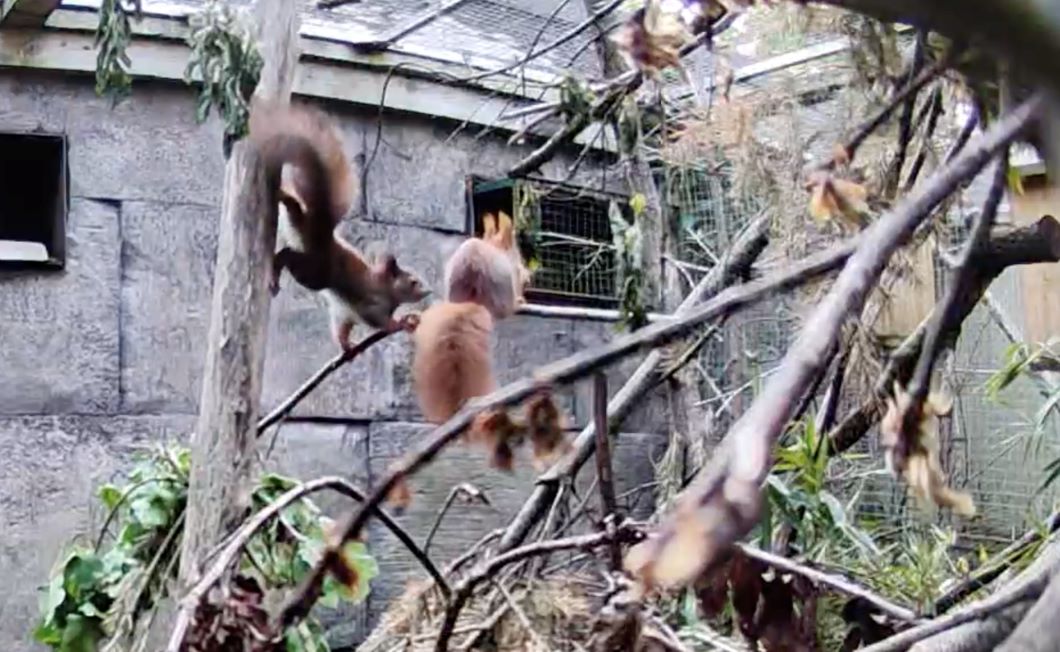
Cameras caught the tiny newcomers exploring the branches of their home. These native UK mammals face a tough battle for survival, with their numbers dropping sharply in recent decades. Population figures tell a worrying story – from around 3.5 million red squirrels historically, only about 287,000 remain in Britain today. Meanwhile, grey squirrels have reached approximately 2.7 million.
Two major threats have pushed red squirrels to the brink: shrinking woodland habitats and the arrival of grey squirrels from North America in the 19th century. These larger cousins not only compete for food and space but also carry squirrelpox virus, which is often deadly to red squirrels.
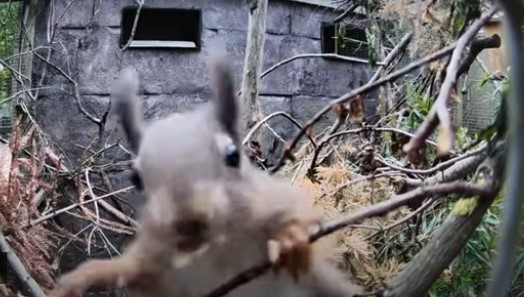
“The greatest threat to the red squirrel’s future is the invasive non-native grey squirrel. Larger and more robust, grey squirrels out-compete red squirrels for food and living space,” noted experts from Saving Scotland’s Red Squirrels.
Similar Posts
Red squirrels now survive mainly in Scotland, parts of Northern England, Wales, and some islands where they’ve found refuge. The unnamed twins at Longleat will stay in their nest – called a “drey” – high in the trees until they reach about 10 weeks old and are fully weaned.
“The as yet unnamed kits live in the drey – the name of a squirrel nest – and will be fully weaned at just 10 weeks old,” explained the Longleat announcement.
After weaning, their diet will change from their mother’s milk to a variety of woodland foods including seeds, nuts, and plant materials.
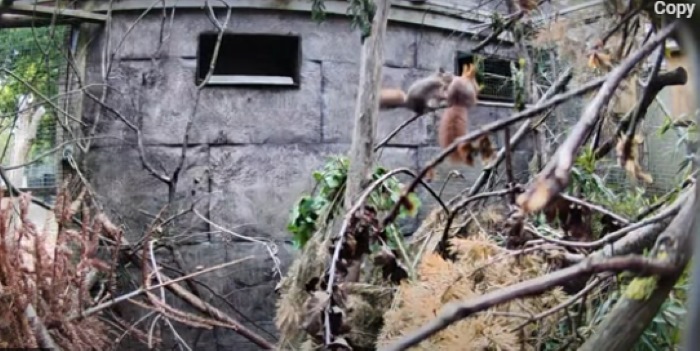
Longleat’s breeding work joins a wider UK effort to boost red squirrel numbers, including the Red Squirrel Recovery Network. This initiative, supported by over £5 million from the National Lottery Heritage Fund, works to protect remaining populations while developing new methods to control grey squirrels.

Conservation teams are also bringing back pine martens, a natural predator that helps control grey squirrels. These native hunters prey more successfully on grey squirrels than reds, as WO2 Scott Maclean of the Defence Infrastructure Organisation explained: “The presence of pine martens is clearly having a beneficial impact on the red squirrel population.”
The previous litter born at Longleat joined the national breeding effort, aiming to eventually return red squirrels to their traditional woodland homes across Britain.
